A New NASA Satellite Will Chart the Increasing Sea Levels
A brand-new, highly advanced satellite that will survey the world’s water was launched from California by NASA and its international space agency partners in December 2022. The Surface Water and Ocean Topography (SWOT) satellite, an SUV-sized gadget, will scan and map the planet’s seas, rivers, lakes, and reservoirs. Over time, such maps might provide scientists with fresh insight into climate-related changes, from hurricane damage to rising seas and shrinking coasts.
The combined project, undertaken with France, Canada, and the United Kingdom, will utilize a cloud-penetrating radar for scanning roughly 90% of the Earth’s water, everything except the planet’s pole, to build high-resolution maps. SWOT can photograph lakes bigger than 15 acres (approximately 820 ft. × 820 ft.) and rivers wider than 330 ft. across, SWOT team’s hydrology scientific head Tamlin Pavelsky explains. Globally, therefore, SWOT will scan millions of lakes and follow nearly 1.3 million miles of rivers, many of which are data-poor because they’re impossible to reach by land.
The ability to concurrently measure the depth and height of the water is the significant SWOT advancement. It is essential to include that additional dimension since it enables us to consider volume changes over time, according to Pavelsky.
The Ka-band Radar Interferometer, or KaRIn, on SWOT, is the key to this improved imaging capability. This device pauses a few minutes after sending a 1.5-kilowatt radar pulse to the ground before detecting the reflected signal. The signal was read back by two antennas, one at either end of a 33-foot boom. The KaRIn can triangulate to calculate the water height thanks to the minor discrepancy between the original and reflected signals.
“With centimeter precision, this device will be able to measure the height of water. It’s astounding” says Daniel Esteban-Fernandez, a NASA Jet Propulsion Laboratory (JPL) engineer who worked on KaRIn, to believe that we can increase precision by a factor of 100 [over current satellites] from a distance of over 900 kilometers from the surface.
Scientist Steve Nerem from the University of Colorado argues that, rather than a “pencil beam,” a vast swath moves over the surface of the Earth from a satellite. [SWOT] will provide a great deal more data, a great deal more spatial resolution, and perhaps greater coverage along the coastlines. He is not a SWOT participant.
Throughout its three-year mission, the satellite will circle the whole world and repeat photography of every location every 21 days. Scientists can analyze how the water cover changes over time by comparing similar photographs. This information may be used for several purposes, such as determining the amount of water available for agricultural irrigation in rural regions, quantifying the size of flooding incidents, and determining the susceptibility of developing countries to climate change.
The exact satellite data will assist in quantifying and illuminating the future of droughts, floods, and sea level rise worldwide. According to Ben Hamlington of JPL’s SWOT scientific team, “inside our satellite record, we’ve observed sea-level rise around US coasts moving up quickly over the previous three decades.” The sea level is rising, particularly on the US East and Gulf Coasts.
Hamilton contends that the data proves that we are not doomed and can utilize the new knowledge to prevent the worst-case scenarios from occurring. “Some of the larger forecasts of sea level rise are taken off the table by reducing emissions,” he claims. Since catastrophic ice sheet loss won’t happen until the future is hot, worst-case situations can be avoided if we keep warming to a minimum.
Disclosure: This post may contain affiliate links, which means that DIVEMONDO may receive a small commission if you make a purchase using these links. As an Amazon Associate this website earn from qualifying purchases.

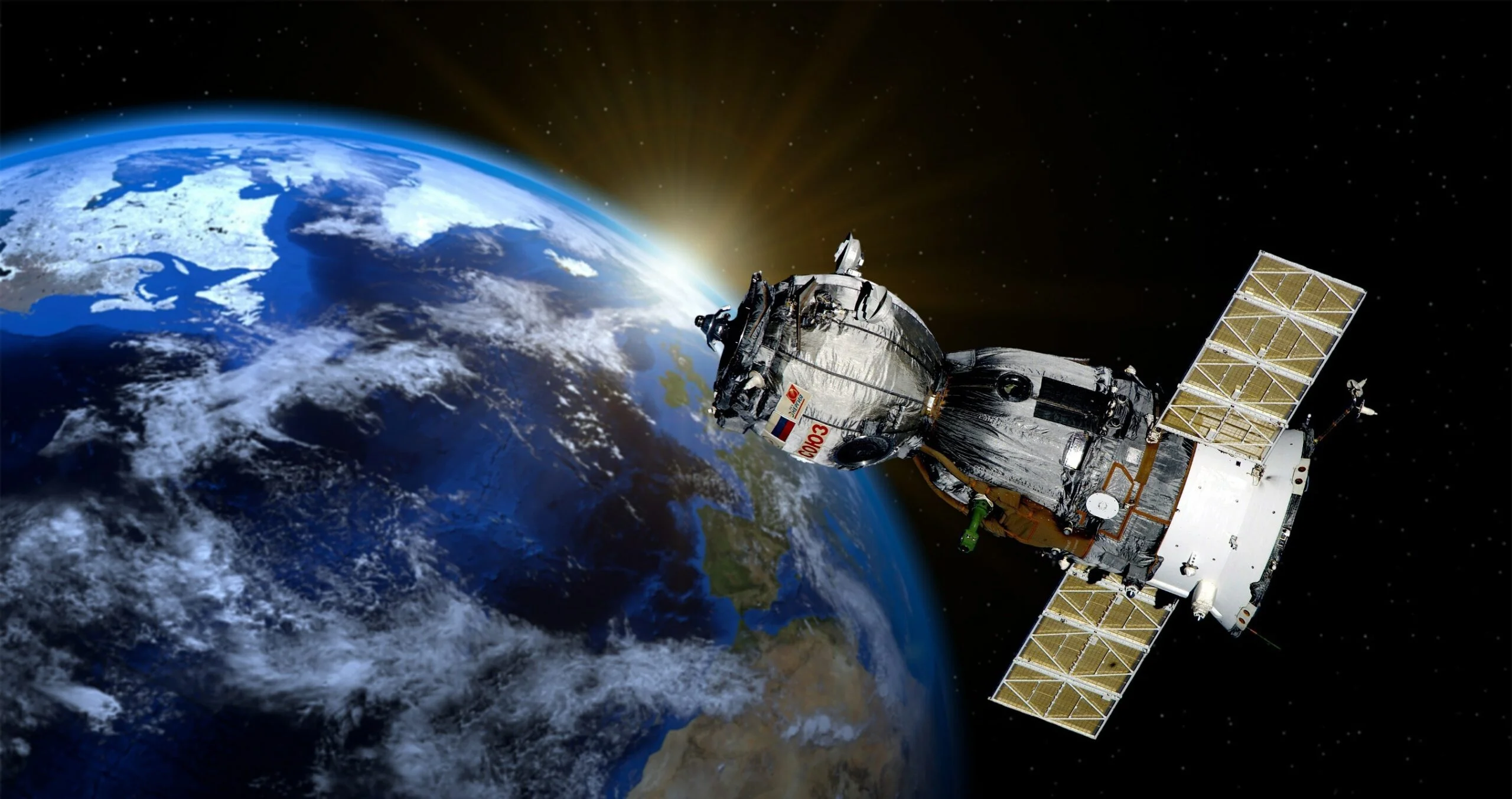
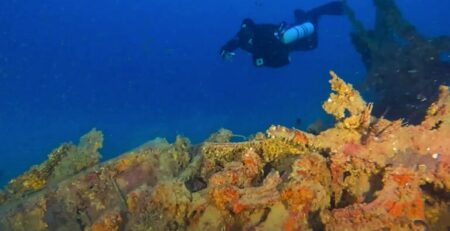
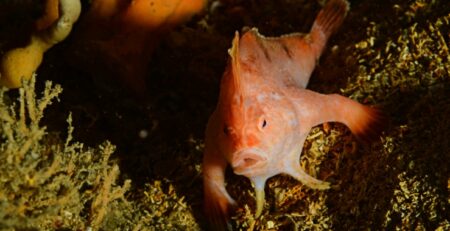

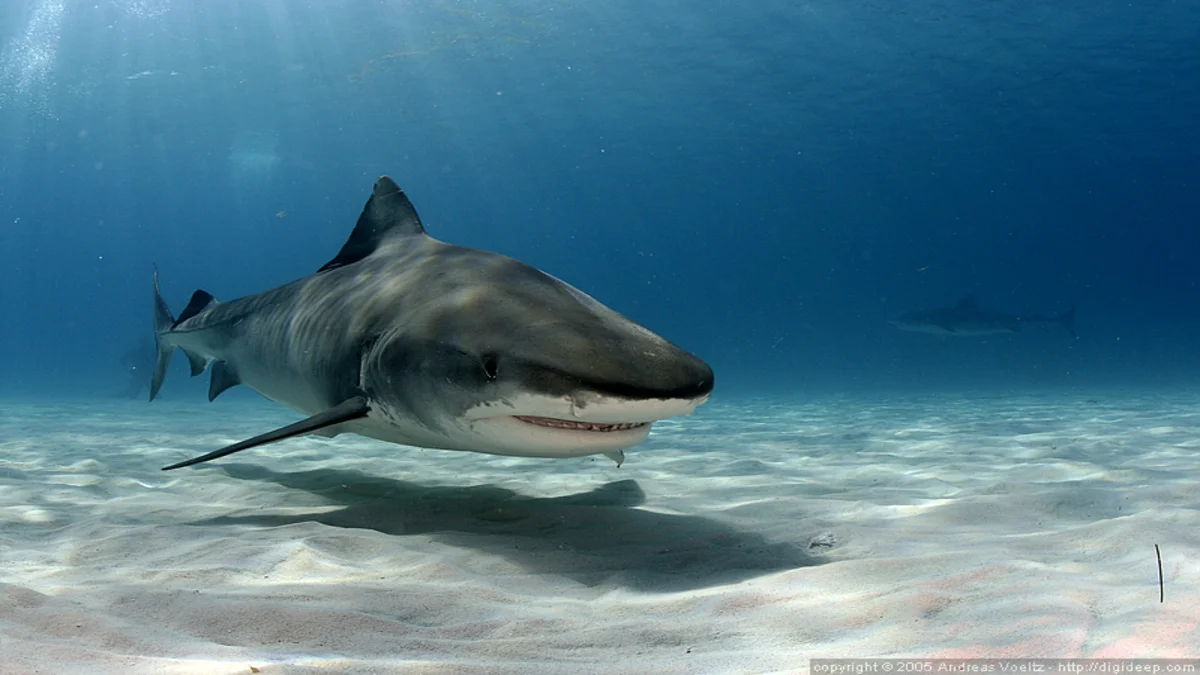
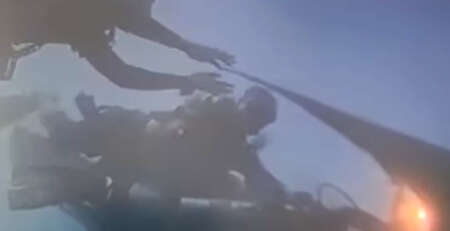



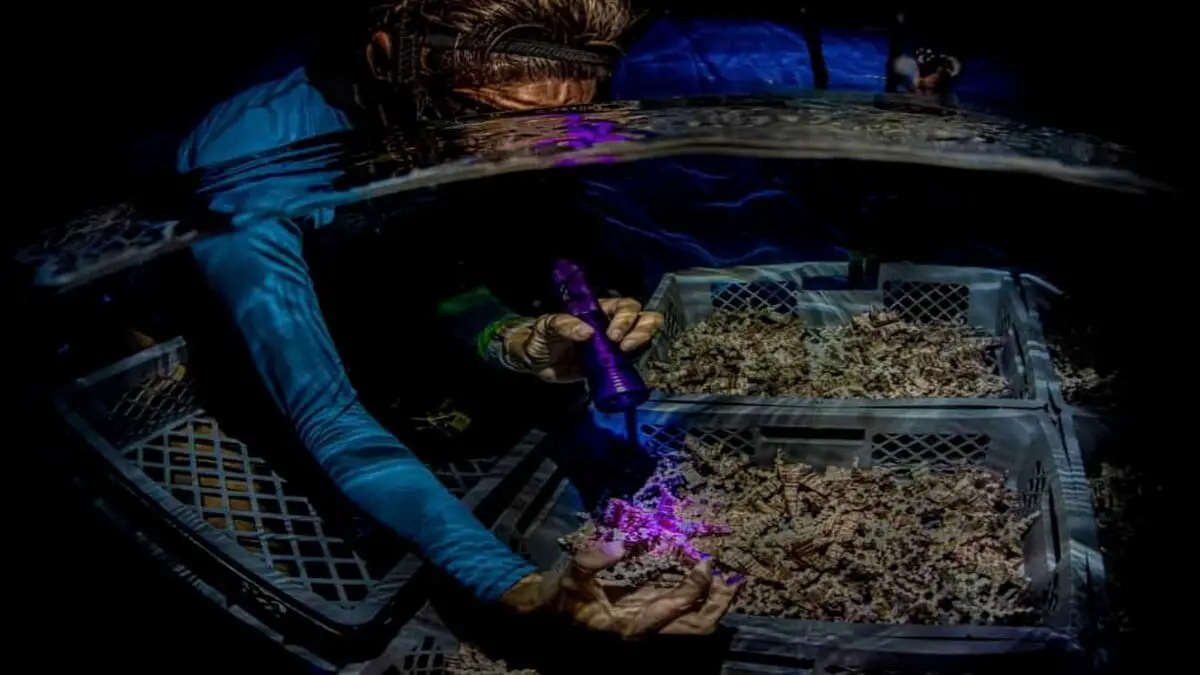
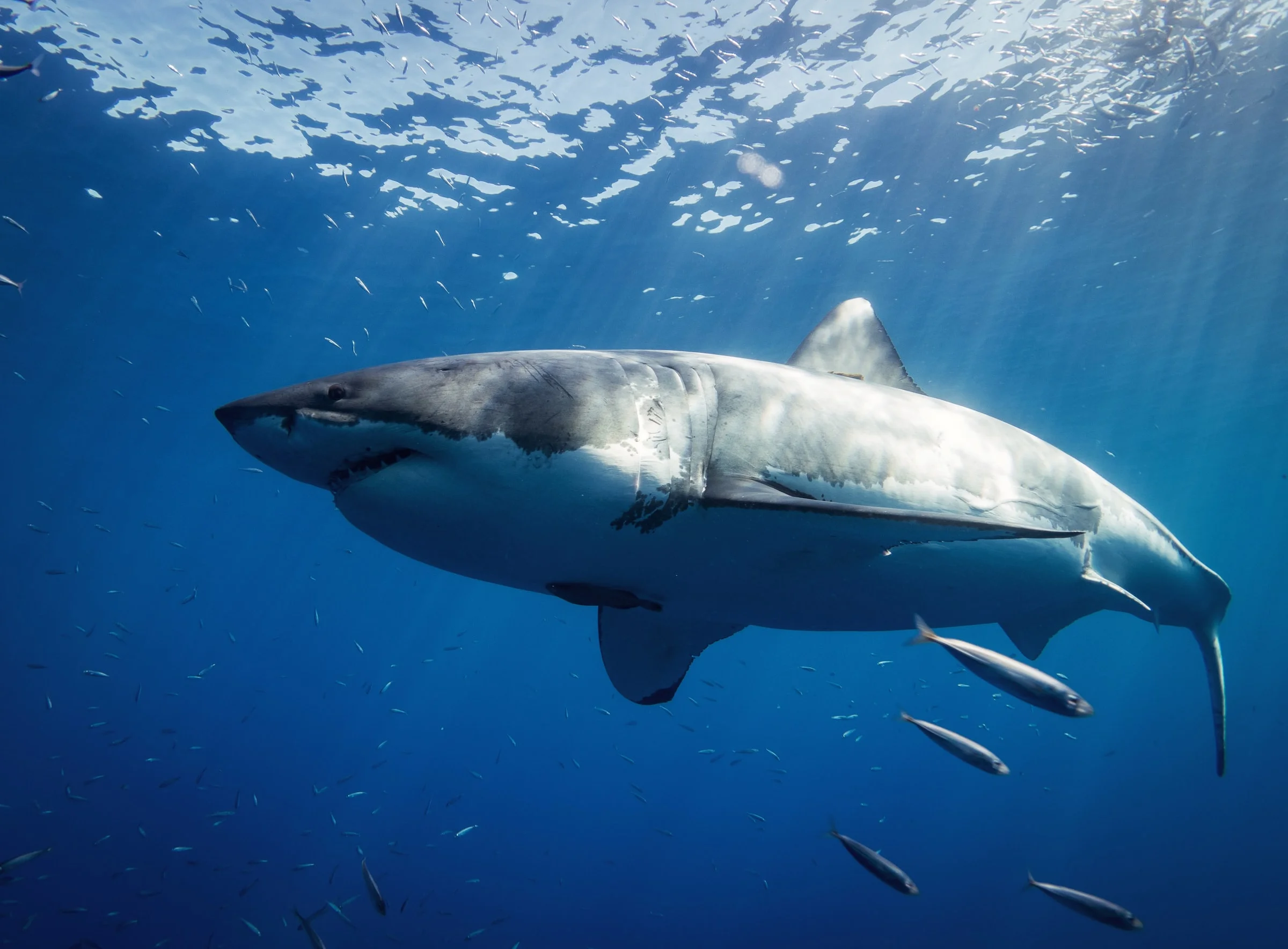

Leave a Reply